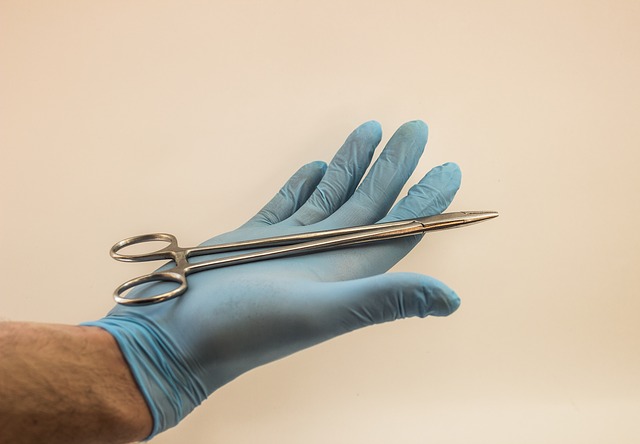An interesting articled titled “Effect of the Surgeon’s Dominant Hand on Postoperative Periodontal Status of Adjacent Molars After Removal of Lower Third Molars” by Petsos et al. appears in the 2019 edition of the Journal of Oral and Maxillofacial Surgery (vol. 77, pp. 912-919). The authors devised a study to explore if the side of the wisdom tooth, either left or right, had an influence, and the hand the surgeon prefers to use, either left or right, has different effects on the periodontal status of the second molars adjacent the wisdom teeth.
In the study the authors selected patients who had lower wisdom teeth on both the left and right sides, had no systematic diseases, and were able to complete a follow-up six months after surgery. All patients were treated by the same right handed surgeon who was always positioned on the right side of the patient during surgery. In the study the patients had their probing pocket depth (PPD) and probing attachment level (PAL) assessed at 6 sites per tooth on the adjacent second molars. The authors had used the patient group in an early study and were able to use 70 of these patients in this study along with 3 additional patients and thus there were 146 wisdom teeth extracted among the 73 patients.

The authors found that there was no statistically significant differences between the lower left and lower right sides for PPD and PAL of the adjacent second molars. Over the 6-month follow-up period, the PPD reduced by 0.69 mm and the mean attachment gain was 0.45 mm on the lower left side of the adjacent second molar. Over the 6-month follow-up period, the PPD reduced by 0.64 mm and the PAL was 0.40 mm on the lower right side of the adjacent second molar. When comparing the lower left and right adjacent second molars for the PPD and the PAL there was no statistically significant differences between sides. The authors also found twenty of the 73 patients had an impacted wisdom tooth on both sides and among these there was a significant side difference probing depth reduction on the left versus on the right right.
The authors state
“The operated side had no influence on the changes in PPD and PAL on the adjacent M2s [second molars] for a right-handed surgeon.”
The authors state that a significant reduction in PPD and PAL on the respective operated side is in line with their previous results from another study. The authors speculate that removing the lower left wisdom tooth is more demanding and complicated for a right-handed surgeon, than removing the lower right wisdom tooth because of a more difficult view when operating. The authors mention a previous study that showed more morbidity for removing a wisdom tooth on the left side than on the right. However in the study the authors performed they were not able to show any side difference with regards to the periodontal status of adjacent second molars. The authors speculate that perhaps the surgeon used in their study had enough experience to compensate for any side difference effects.
In the study the authors also explored the handedness of the patients and but were not able to find any influence on if a patient was left or right handed although this may have been due to only having 5 patient as known left handed. The authors did find that the gingival index (GI) and the plaque index (PI) reduced more for the lower right second molar when compared to the lower left second molar, a value which was statistically significant. For this result the authors speculate that some of the patients had wisdom teeth removed in two separate visits and in these cases the left wisdom tooth was removed first which allowed the left side to have longer to heal.
